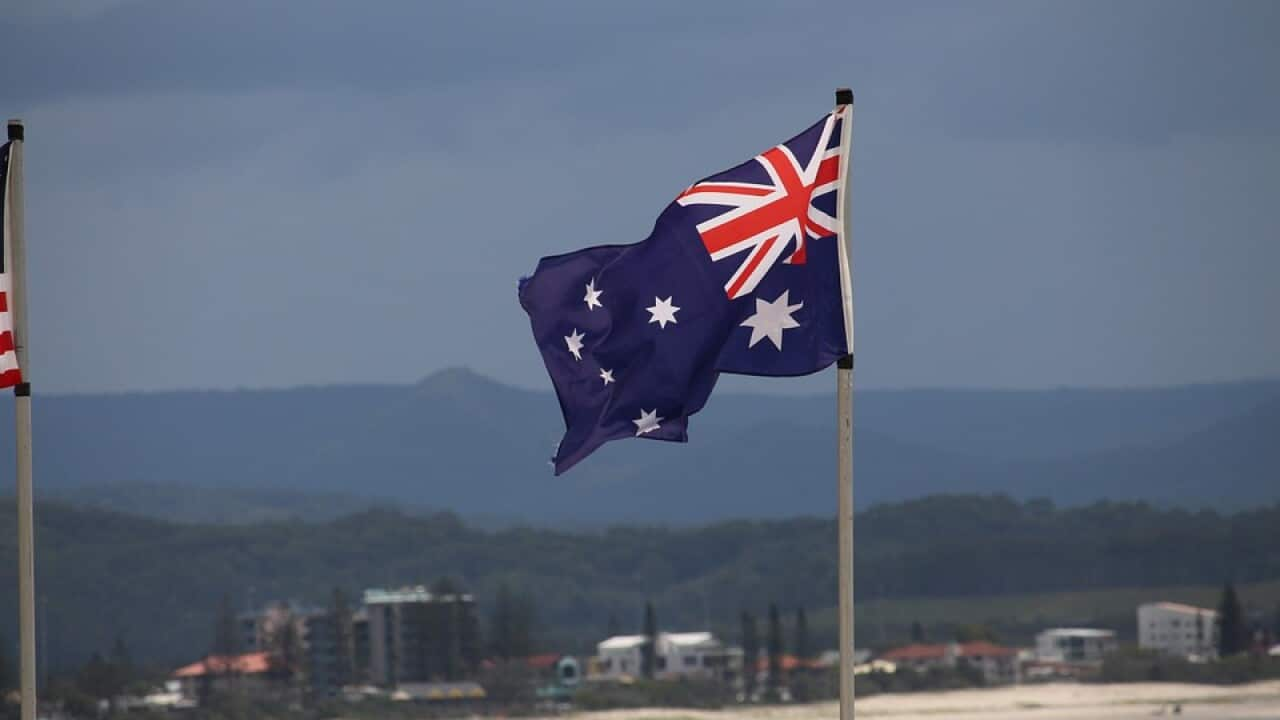Australia currently provides an aid of $1.1 billion annually to the Pacific Islands to help the region.
Under the existing Seasonal workers’ program for Pacific Islanders, migrants from the region are allowed to work in the agricultural sector in Australia to meet the industry’s demand.
But, now a new proposal from international policy think-tank the Lowy Institute has propounded opening Australia’s doors for migrants from the region which could see 20 per cent of workers from the Pacific Islands relocate to Australia in the next 25 years.
Its proponents say the proposed plan will bring 40 times the benefit of Australia’s current aid to the region.
The proposal includes a suggestion in which Australia attracts around 3000 Pacific Islanders per year to work permanently to deliver more benefits to the region by 2040 than the current aid program.
Jonathan Pryke, one of the report’s authors, said there was a "real need for change in the way we engage with the Pacific”.
Under the proposal, Pacific Islanders could move to Australia through a similar pathway to that which is currently enjoyed by New Zealanders.
There are different pathways for those interested in migrating to Australia, but not all of them lead to permanent migration.
Migrants would still have to pay their own way, pass a health and character test, and have restrictions on welfare access when they arrived.
"Under that scenario, we’d expect about 20 per cent of the Pacific’s population to migrate to Australia over the next 25 years,” Mr Pryke told ABC radio.
“This would bring over 40 times the benefit of our current aid program to these individuals just in terms of income.”
The report also notes the risks of the proposal, including a likely reduction in wages for low-skilled workers in Australia. It said the wages could plummet between 2.5 and 5 per cent. There’s also a fear of this creating a “welfare-dependent underclass”.
For the latest news and updates, follow SBS Punjabi on .




